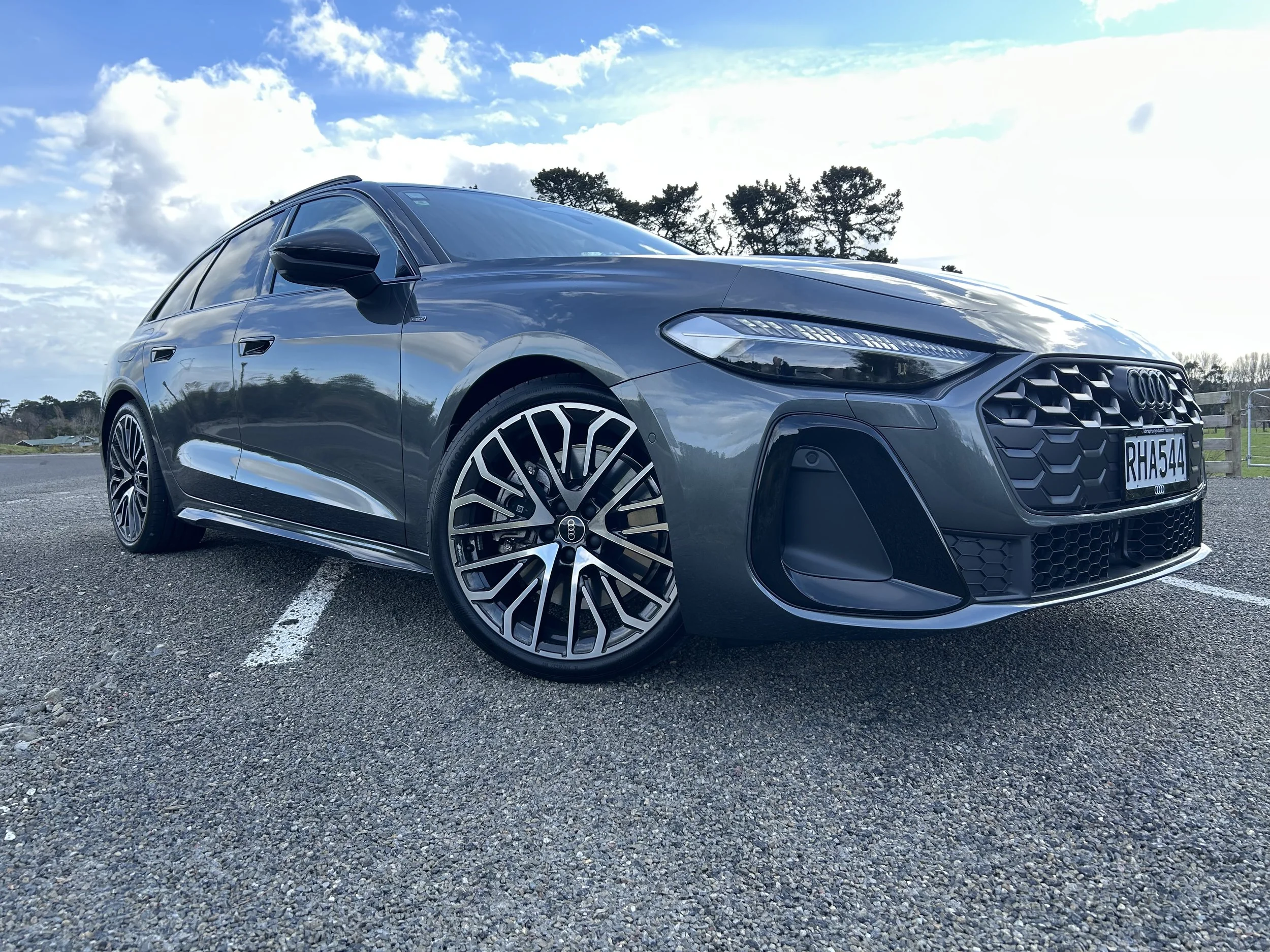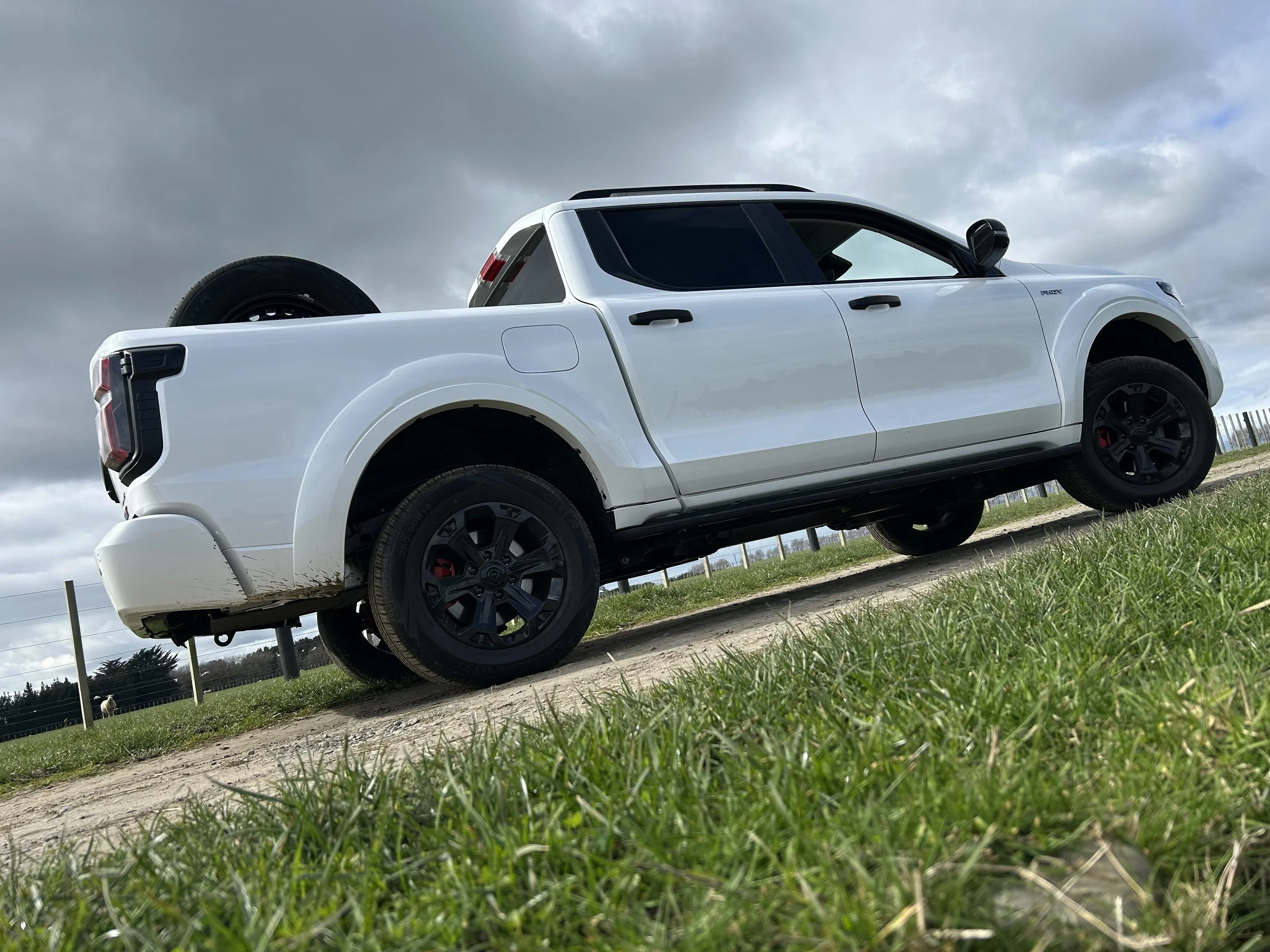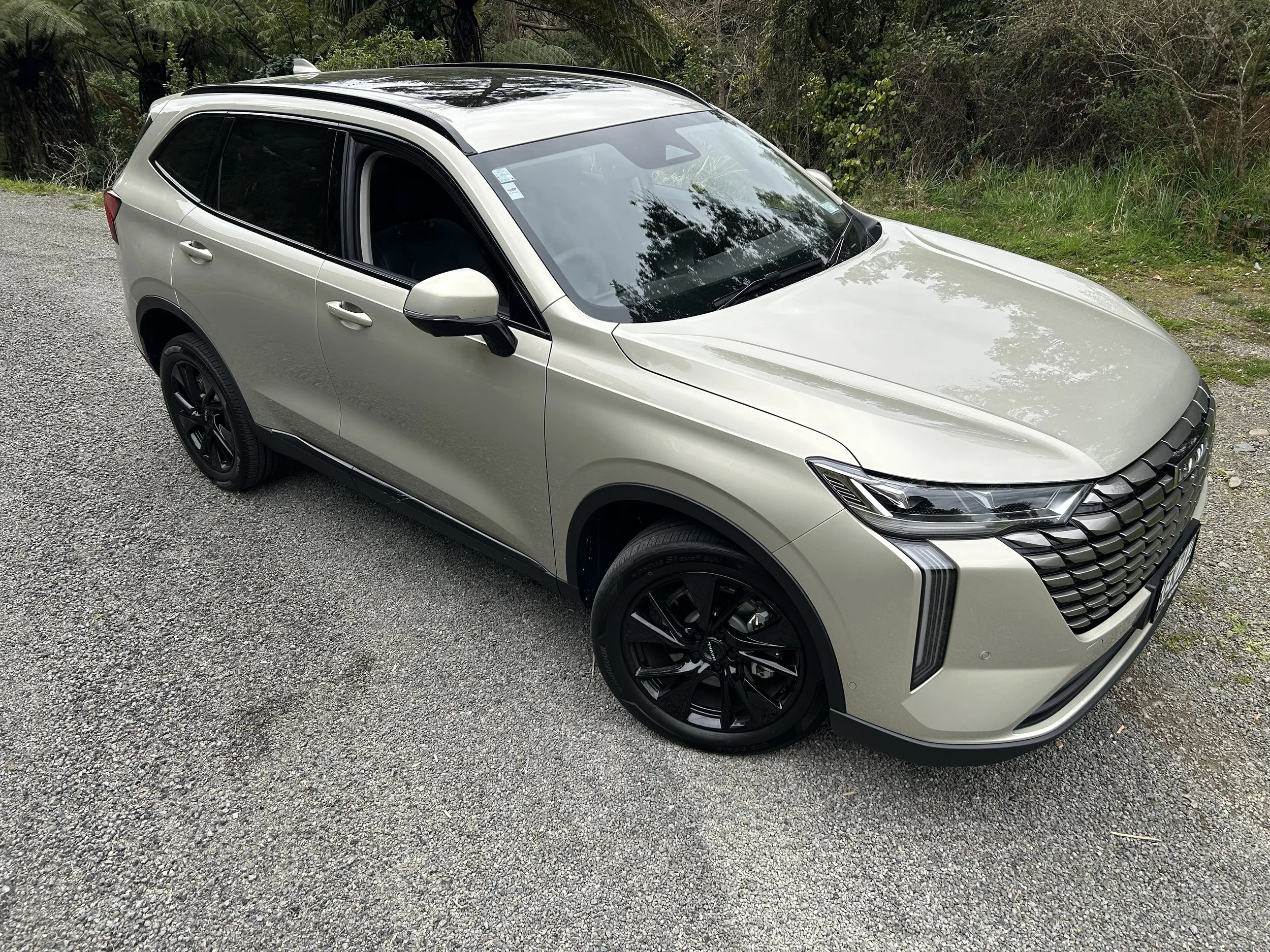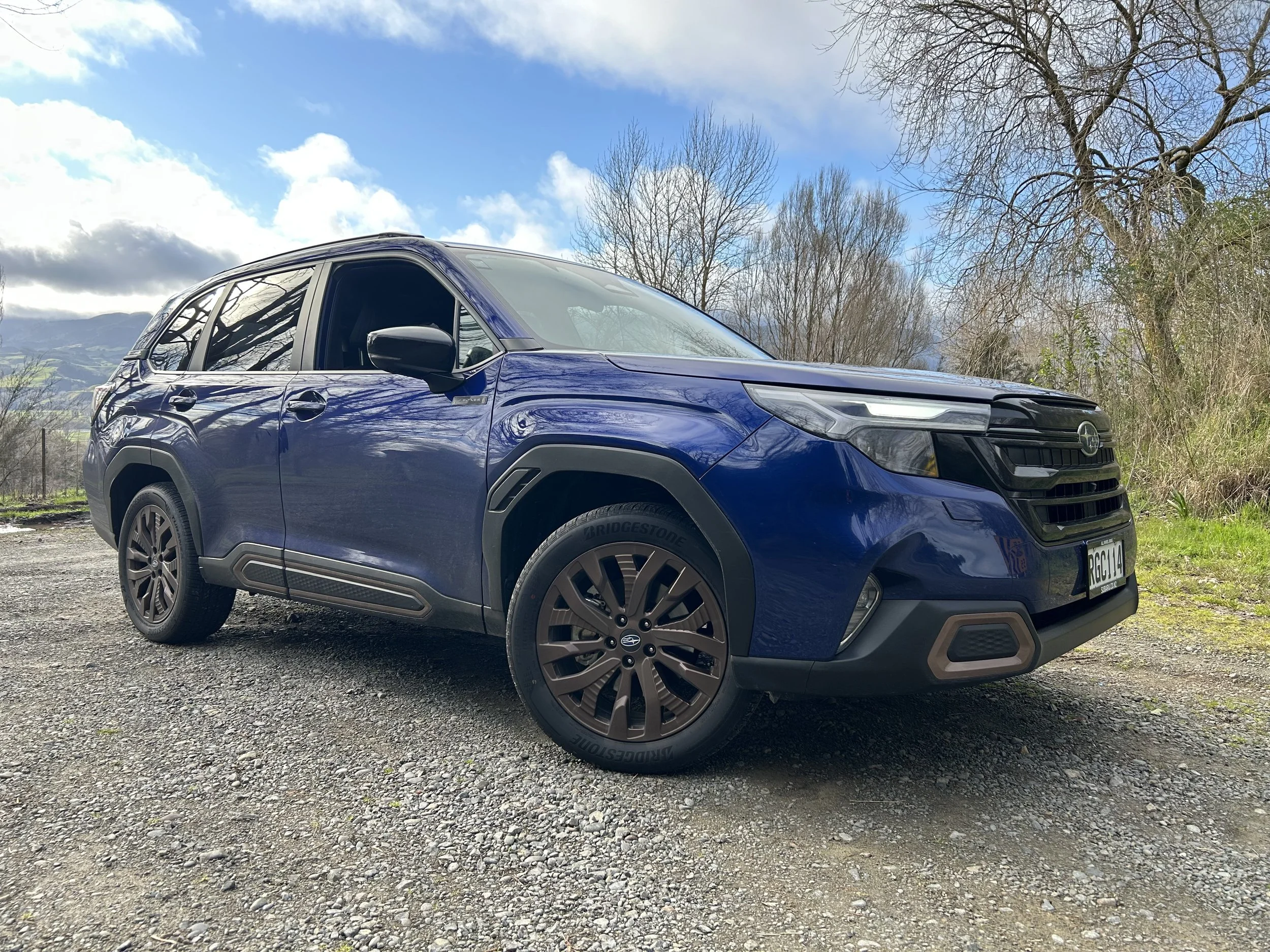New Tucson gets local provider excited
/Striking new design, heaps of new tech, a hybrid to match the RAV4 and a seven-seater option.
POTENTIAL that Hyundai’s best-selling model here might emulate its big brother and format in a seven-seat option is not being discounted by its seller.
In offering comment about the 2021 Tucson unveiled for global scrutiny (via a livestreamed online presentation) by Hyundai head office in Seoul today, the make’s national distribution has indicated it is giving consideration to taking the car in a new long-wheelbase format – that avails a third seating row – in addition to continuing with a five-chair layout that continues into a fourth generation.
The potential for the longer version – which measures 4630mm in length (so up 150mm on the short wheelbase), 1865mm in width (plus 15mm) and 1665mm in height (up 5mm), riding on a 2755mm (plus 85mm) wheelbase – is not being discussed by Hyundai New Zealand, though it has reminded that Tucson already strikes a strong chord with Kiwis, the model having achieved 23,000 sales since the nameplate arrived in 2004.
Brand boss Andy Sinclair says he expects “the new model to attract even more customers with its striking new design and safety, comfort and convenience technology.”
Any decision will surely have to be fast-tracked if both are intended to be available for local usage from local launch, as Hyundai New Zealand says it intends to have the new model line here in the first quarter of 2021.
In addition to relaying its thought about the seven-seater, the Auckland-domiciled distributor has also said it will also look at a new N Line trim level the maker has also revealed.
As for powertrains? It’s also casting an eye over the mild hybrid and plug-in hybrid options that are also coming into production, these based around a 1.6-litre turbo-petrol engine and producing a combined 171kW/350Nm.
New generations of the familiar 1.6-litre turbo petrol, 2.0-litre naturally-aspirated petrol and 2.0-litre diesel turbo, now selling under a Smartstream designation, are also cited. The first might now receive a pump up from 130kW to 145kW, as per the Kona. Outputs for the latter are 122kW/205Nm (petrol) and 136kW/400Nm (diesel).
What of the new 2.5-litre four-cylinder engine delivering 141kW and 246Nm? Sorry, no comment on that one.
The model will continue to avail in both front and all-wheel drive. The latter this time adds mud, sand and snow modes to the comfort, sport and eco-driving modes. The derivatives heading here seem set to have ride and handling tuning sorted by Hyundai Australia’s engineering team.
It’s heavily loaded on the safety front. Aids available include Highway Driving Assist (HDA), Forward Collision-Avoidance Assist (FCA) with pedestrian detection, Lane Keeping Assist (LKA), Lane Following Assist (LFA), Blind-Spot View Monitor, Blind-Spot Collision Warning (BCW), Blind-Spot Collision-Avoidance Assist (BCA) with Rear Cross-Traffic Collision-Avoidance Assist (RCCA), Advanced Smart Cruise Control (SCC) with Stop and Go, Safe Exit Warning (SEW), Surround View Monitor, Reverse Parking Collision-Avoidance Assist (RPCA), Remote Smart Parking Assist (RSPA), High Beam Assist (HBA) and Driver Attention Warning (DAW).
Tucson’s new exterior styling is bound to raise plenty of comment. Hyundai says it expresses an evolving Sensuous Sportiness design identity and embodies what its designers call ‘parametric dynamics’ with “kinetic jewel surface details that emphasises Tucson’s distinctly different identity in a crowded segment.” Translation? There are a lot of sharp edges.
It fronts up boldly, too: The grille is filled with LED lights which only reveal themselves when illuminated. The rear will also make an impressive; it has a connected LED light bar sitting across the beltline and joining two clawed LED taillights.
The interior also seems set to be a lot more plush and futuristic. Most ‘hard’ controls, such as dials and buttons, are gone. So too the gearstick.
The top treatment features a centre console stack flowing as one continuous design piece with flush buttons and a wide 10.25-inch digital touch display screen. It has wireless Apple CarPlay and Android Auto and an optional Bose sound system. The cabin ambience is set with a 64-colour mood lighting system with 10 levels of brightness.
Digital technology includes a key that uses a smartphone app to operate commands such as locking and unlocking the car, using Near Field Communication to detect authorised users from up to 27 metres away. In some markets the smart key can be tuned to control smart appliances at home (as you do) and driven remotely without anyone in the driver’s seat – albeit very slowly and basically for parking purposes.



















